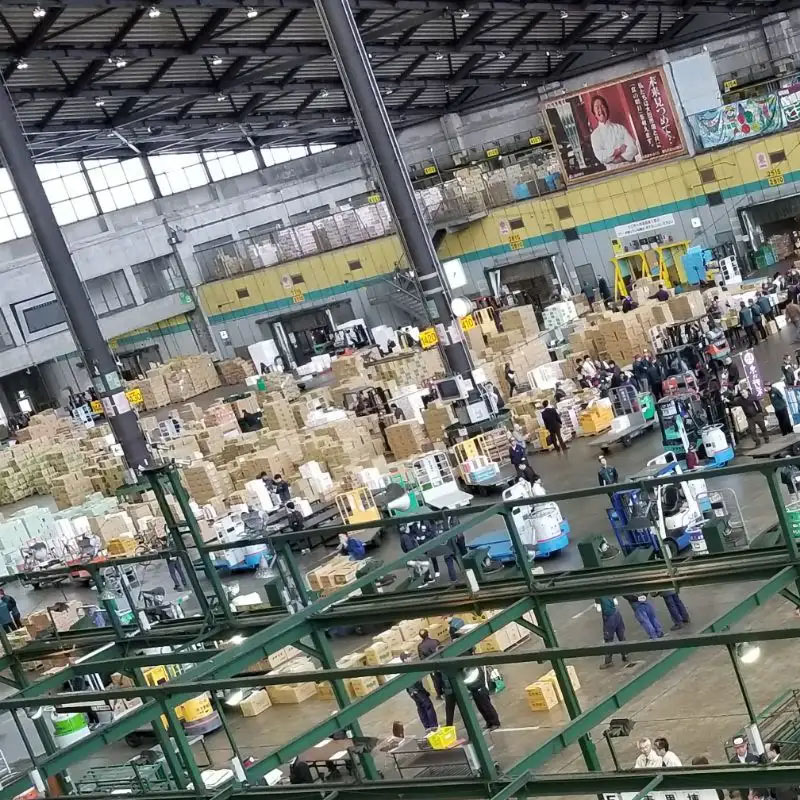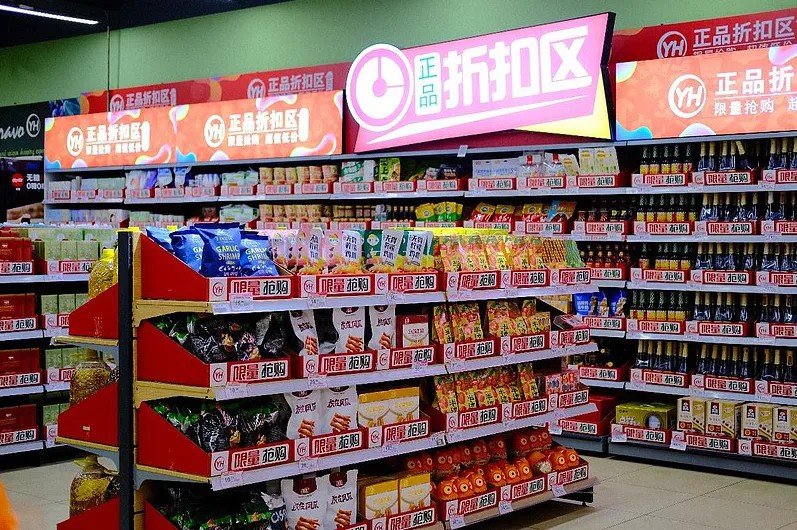It’s well-known that wholesale purchasing generally offers lower overall costs. However, for those looking to buy surplus inventory wholesale, further reducing costs is a crucial consideration. Even when prices seem low, there may still be room for additional savings. Of course, achieving further cost reductions requires key factors to align, as suppliers won’t lower prices without good reason. Both parties’ interests must be satisfied, and no one will easily agree to sacrifice their own profits solely for the benefit of others.
So how can wholesalers reduce costs when dealing with surplus inventory? Here are some effective strategies:
- Leverage bulk purchasing power
The volume of goods purchased plays a significant role in cost reduction. Discounts typically scale with order size, a principle most buyers understand. Large clients often enjoy substantially better rates. Therefore, finding ways to become a major customer can be an excellent cost-saving strategy.
- Compare multiple suppliers
Never assume that a single platform or supplier offers the best deal. By thoroughly comparing options, you may discover lower prices without sacrificing overall quality or service. Cast a wide net and evaluate multiple sources before making a decision.
- Pay attention to details
When engaging in wholesale transactions, it’s crucial to understand all aspects of the deal. Regularly reassess whether your current suppliers still offer the best advantages. Continuously verify which platforms or vendors are most suitable for your needs.
- Be proactive
Reducing costs is rarely easy and requires significant effort. Don’t simply wait for suppliers to lower their prices. Instead, take initiative in seeking out better deals and negotiating terms. Your own proactive approach is more likely to yield positive results than passively hoping for price reductions.
- Build relationships
Establishing strong, long-term relationships with suppliers can lead to preferential treatment and better pricing over time. Consistent business and open communication may make suppliers more willing to offer competitive rates.
- Consider timing and market conditions
The surplus inventory market can be volatile. Pay attention to seasonal trends, industry shifts, and economic factors that might influence pricing. Timing your purchases strategically can lead to significant savings.
- Explore alternative sourcing methods
Look beyond traditional wholesale channels. Online marketplaces, liquidation auctions, and direct-from-manufacturer options might offer lower prices for surplus inventory.
- Negotiate bundled deals
When possible, try to negotiate package deals that include a mix of high-demand and slow-moving items. This can help suppliers clear out less desirable stock while offering you better overall pricing.
In conclusion, reducing wholesale costs for surplus inventory requires a multifaceted approach. It demands thorough research, strategic thinking, and a willingness to explore various options. By implementing these strategies and remaining vigilant about opportunities for savings, wholesalers can significantly lower their costs and improve their profit margins. Remember, the key is to be proactive and persistent in your pursuit of better deals.





